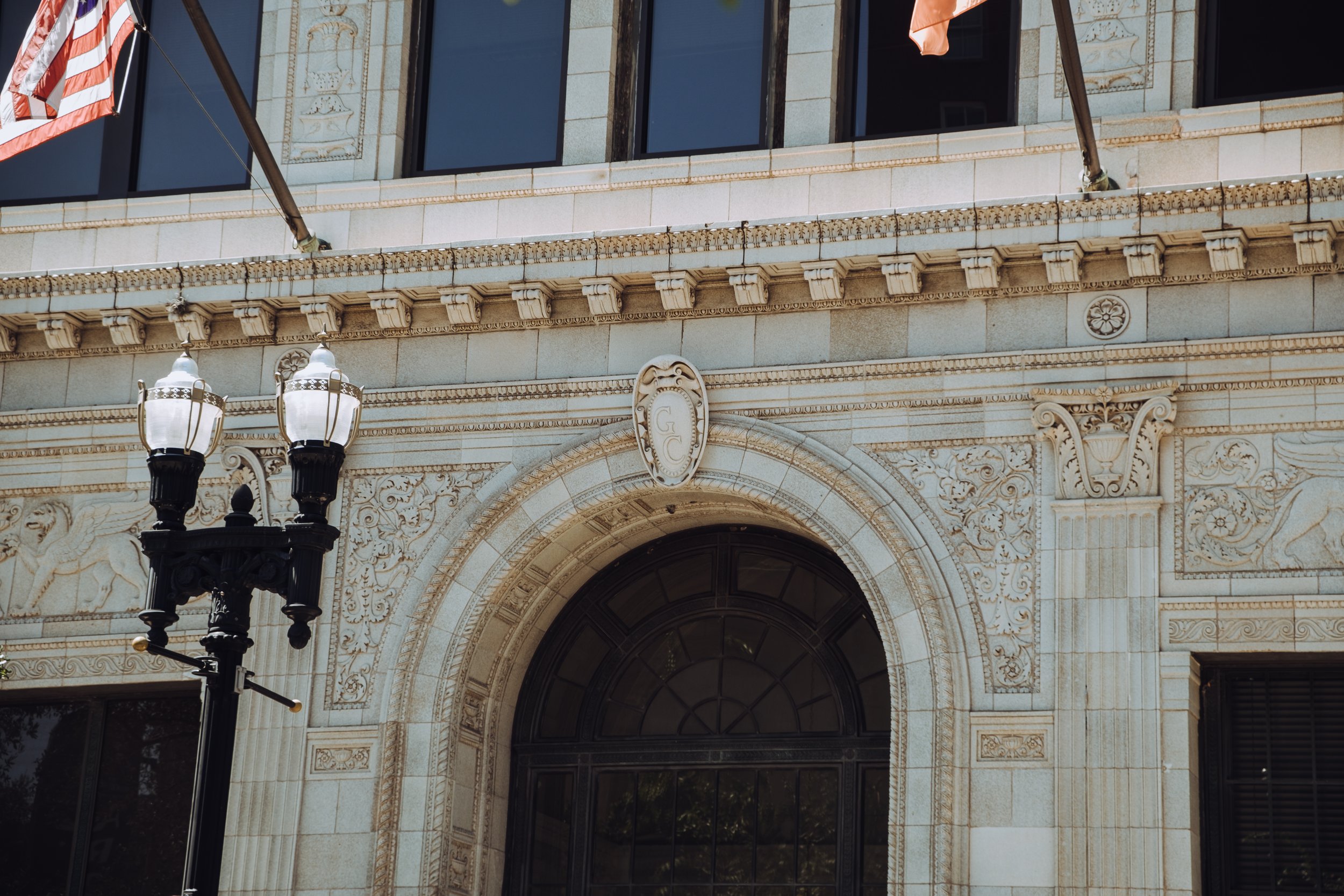Architecture of Jacksonville
Garrett Lawrence┃Nov. 3, 2023┃Photo Essay
Within the architectural landscape of Jacksonville, both contemporary and historical structures coexist to create a unique skyline. From the sleek glass panels of modern towers to the ornate designs of older buildings, Jacksonville’s architecture is a timeline of art as styles have evolved and morphed over time. Although the captivating architecture of Jacksonville is often overlooked, it provides insight into our past, while also hinting towards the future of our city.
A view of downtown Jacksonville showcasing the iconic Main Street Bridge and the skyscrapers that make up our modern skyline.
The downtown skyline on a foggy night
Although the bright skyscrapers are what we mainly think of when it comes to the architecture of Jacksonville, there are many hidden histories of other structures in our city.
Here is the main entrance to the Greenleaf & Cosby building (1927). This intricate ornamentation of the building is constructed with glazed terracotta panels of Neoclassical style, reminiscent of structures such as the White House.
Many of the older towers in Jacksonville were built in the roaring 20s, a period of optimism and cultural advancements.
The Laura Street Trio is Jacksonville’s most historic group of buildings. Although now dilapidated, the group is framed in a unique pattern, and serves as an architecturally significant landmark in Jacksonville. Current preservation efforts are aimed at giving the trio a second life.
A birds-eye view of the Laura Steet Trio, showcasing the ramshackle state of the complex.
The abandoned Florida Life and Bisbee buildings, both part of the Laura Street Trio.
Another part of the trio is The Marble Bank (1902). It appears similar to Ancient Greek and Roman architecture.
A view of several historic buildings on the Northbank including the Carling Hotel (1925) on the right and the Barnett National Bank Building (1926) of the left.









